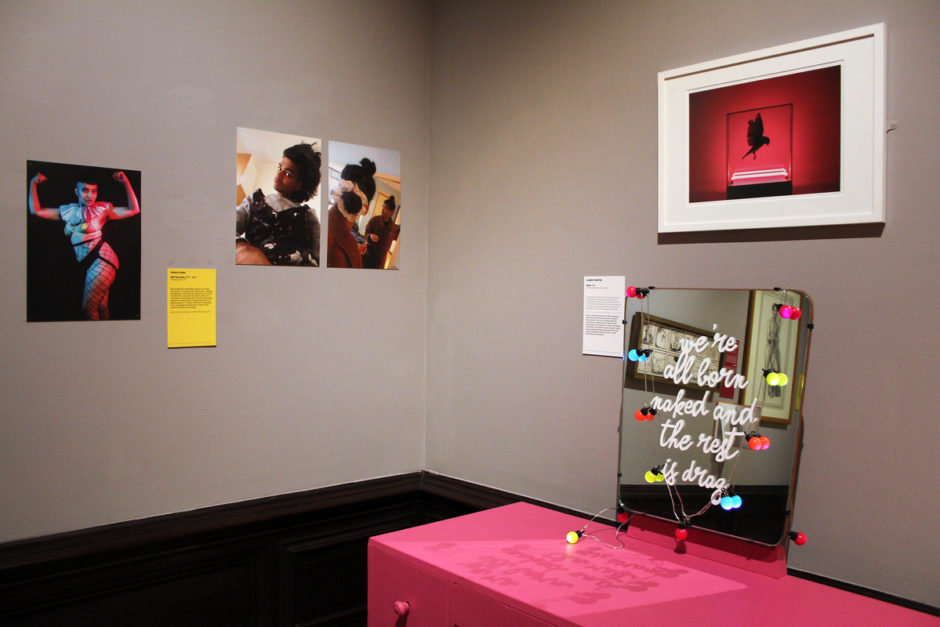UNDERSTANDING IDENTITY IN A DIVERSE CITY: WITHIN AND WITHOUT
Defining identity holds great importance for many people and though we all share similarities, our identity is unique and personal.
This is perhaps one of the brilliant aspects of people as well as one of our greatest pitfalls. The interchanging complexities of how we identify can become misunderstood and confused.
When considering Birmingham, this has never been more true, the UK’s most diverse city outside of London, understanding the area’s current identity is of crucial importance.
Birmingham Museum and Art Gallery aims to contribute to this complex debate with their exhibition ‘Within and Without: Body Image’. Demonstrating the continuous effect of social, historical and cultural factors affecting image, real praise has to be given to its inclusion of a variety of different types of art originating from different centuries and countries.
Body image spans lifetimes, beginning from birth to death and this factor is sensibly woven into the exhibition. The inclusion of age as an identity changing factor is poignant, despite all our cultural, racial, sexual differences, to name a few, one of the undying similarities we all share is the fact that we all age. This is effectively demonstrated with Edward Burne-Jones’ harrowing self portrait. Though some people don’t always recognise who age turns them into, Burne-Jones’ portrait also portrays the alienation that can characterise the ageing process. The inclusion of a feeling of unrecognisable bewilderment makes this piece stand out from the rest of the work.
As part of the gallery’s Story Lab, the exhibition is the second to take place. Though it would have benefitted from more space, the interactive element to the work such as the ‘Empathy Body Trail’ enabled visitors to discuss the debate around body image as well as their own experiences and opinions of themselves. The effect of which brought another level to the exhibition’s purpose.
Paraphernalia from a number of cultures who now have a diaspora in the UK were an integral part to this exhibition. Items such as, a collection of dolls ranging from wooden dolls from Kunming, China (1968-1990) to Barbie, Fashionista Range (2018), the differing appearances highlighted how toys both represent and inform the culture they are created in.
The power of this exhibition lies in its demonstration of the fluidity of body image and how intertwining factors, such as race, gender and age, play into this construction. For many people finding an identity and a dedication to remain true to that is important, but as ‘Within and Without’ demonstrates, whether we like to admit it or not, our own complex personalities do not allow us to stick to one identity.
Whether its a result of external forces or internal developments, life finds a way to change our image.
Eleanor Forrest








